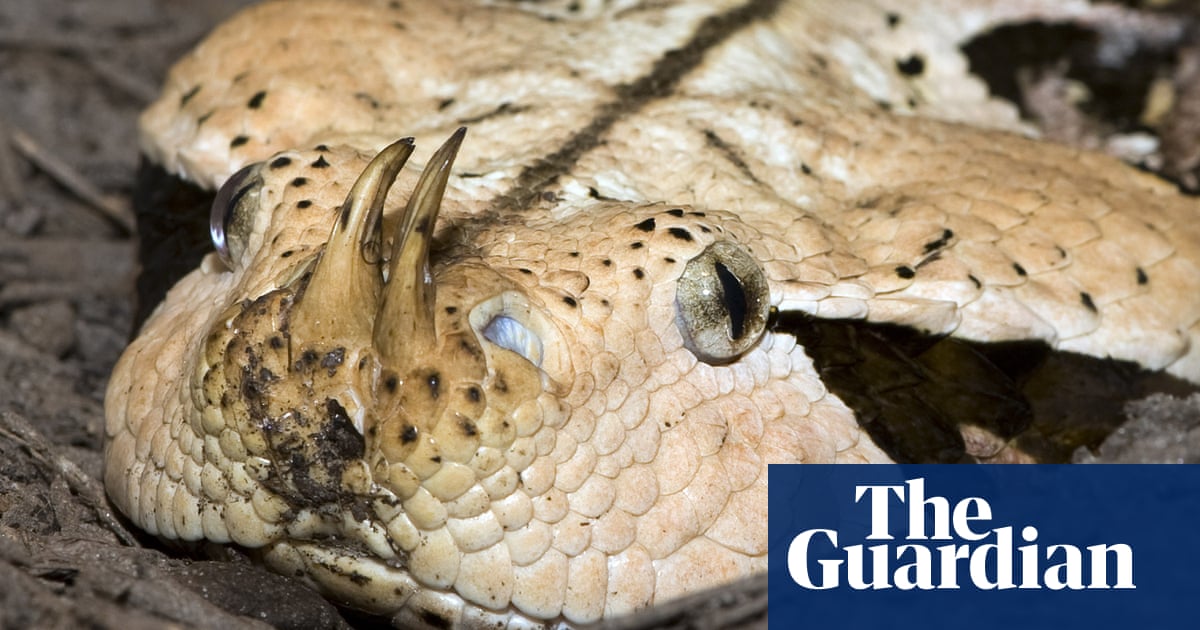
Highly venomous and sexually aroused sea snakes may attack human divers after confusing them with other snakes during breeding season, a new study suggests.
Researchers from three Australian universities working on the southern Great Barrier Reef found that Olive sea snakes – particularly males – repeatedly approached divers, coiled around fins, struck at camera reflections, made fast, jerky movements and were particularly active in the winter, when they breed.
The acts of aggression are likely because of “mistaken identity during sexual interactions”, wrote Tim Lynch, of CSIRO in Hobart, Ross Alford of James Cook University in Townsville and Richard Shine of Macquarie University in Sydney, in the study published by Scientific Reports.
The snakes, it seems, may believe divers are rivals or potential mates.
“At first sight, the idea that a snake might mistake a human diver for another snake seems ludicrous, given the massive disparity in size and shape between those two objects,” the researchers wrote. “Nonetheless, this offers the most plausible explanation for our observations.”
Sea snakes may not be able to see well underwater, clouding their ability to distinguish human from snake. Other marine species – including male dolphins, dugongs, sea lions and sea turtles – have been known to sexually target humans.
But because large Olive sea snakes have the capacity to bite human victims and pack a deadly venom, the stakes are much higher.
“A bite is unlikely unless the animal is threatened or injured,” the researchers wrote, advising divers to stay still and allow snakes to investigate them, including by using their tongues to look for chemical cues.
“Attempting to flee is likely to be futile and may even increase the ardour of the pursuit,” the researchers wrote. “Attempting to drive the animal away may induce retaliation.”












